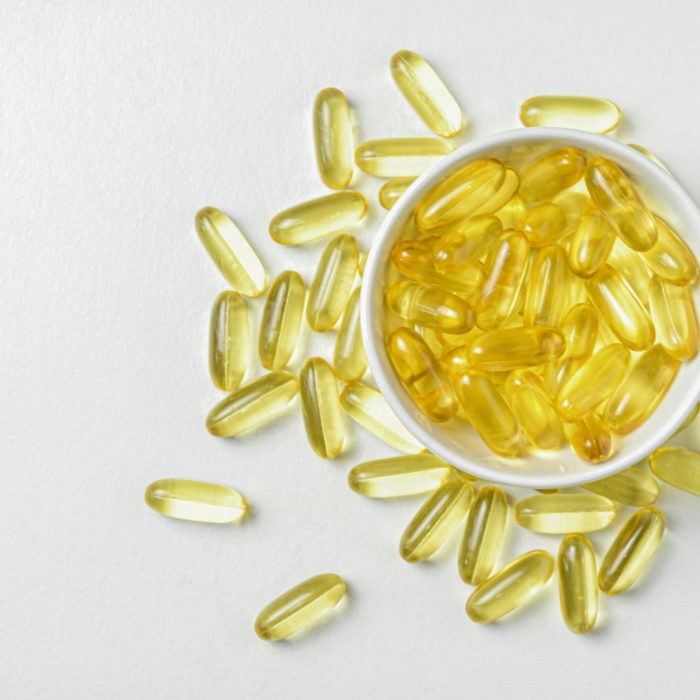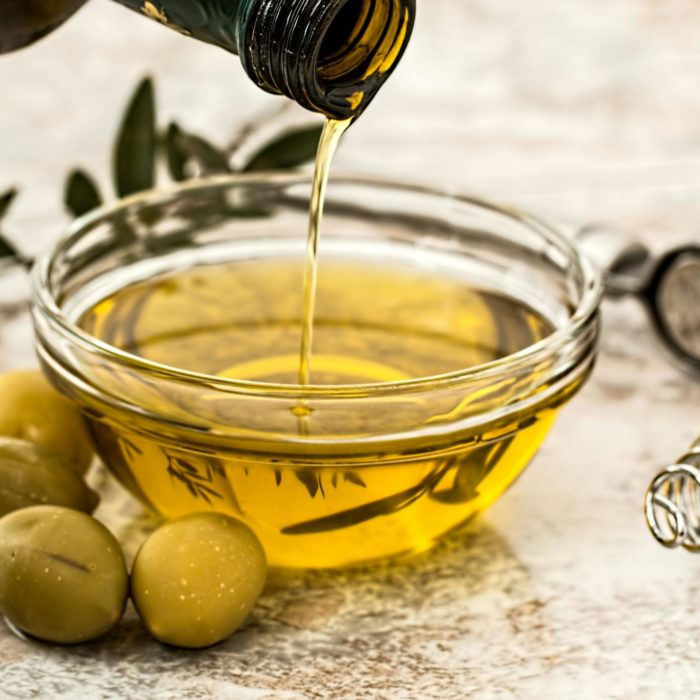
Omega-3 plays an essential role in self-care. Omega-3 and omega-6 fatty acids are PUFAs (Polyunsaturated Fatty Acids) that are liquid at room temperature and are considered essential to our diets because we can’t synthesize them in the body.
More omega-3s might be discovered in future, but there are currently three main types of omega-3:
- EPA (eicosapentaenoic acid): EPA is mostly found in seafood, has 20 carbon atoms and 5 double bonds. With its higher number of hinges and carbon atoms, it is considered a “tall guy”.
- DHA (docosahexaenoic acid): Also a “tall guy” (22 carbon atoms and 6 double bonds), DHA is also mainly found in seafood.
- ALA (alpha-linolenic acid): ALA is found in plants like salad greens and in seeds like flax and canola. ALA is considered a “short guys” because it only has 19 carbon atoms and 3 hinges.
Why Should I be Omega-3 Aware?
We now know that the key to good health is not necessarily a low-fat diet but rather a right-fat diet. There are thousands of published articles about the health benefits of omega-3.
What is the right balance of Omega-3 intake?
Western diets tend to be high in omega-6 (linoleic acid) and lacking in omega-3, which has been shown to promote inflammation. Most people need to eat more omega-3, but rarely need to eat more food with omega-6 fatty oil content.

But what are the latest must-haves to get the sufficient amount of omega-3?
You can get an omega-level blood test to give you a clue, but one way of estimating whether you, as an adult, get the right balance of omega-3 is:
Eating a minimum of 12 ounces of oily seafood weekly (equals 500-600 mg per day, depending on the species)
Taking at least 1000 milligrams of omega-3 fish oil supplement (equals 500 mg per day per 2000 calories consumed).
It is worth noting that males seems to be affected more by omega-3 deficiencies than females. The higher levels of estrogen in females enable plant food to be converted to EPA/DHA omega-3 more efficiently.
DHA omega-3 made from algae or seaweed oil and EPA omega-3 made from yeast could provide sufficient amount of omega-3 for strictly vegan diets. However, since the omega-3s in plant foods like flax and walnuts are not always metabolized efficiently in the human body, some prefer to combine the vegetarian sources of omega-3 with EPA/DHA fish oil supplements.

If you decide to go the supplement route, you should check with a healthcare professional to ensure dosage safety.
Think Before You Take.

The omega-3 PUFAs found in fish and other products, such as nuts are beneficial for the brain, eyes and heart. Interestingly, despite a higher consumption of fat, the prevalence of heart disease, obesity and cancer is low in Mediterranean countries like Greece and Italy. These lower health risks could be linked to the healthy fats found in wild-caught fish and seafood, all important parts of the Mediterranean food culture. Wild seafood, when caught using responsible and sustainable methods can be an excellent source of both heart-healthy fats and protein. Always be sure to check the seafood safety ranking before making a selection.
It is critical to slow down and be aware of your body’s true needs before popping omega-3 supplements here and there. Eating whole foods, instead of taking supplements is the best way to enjoy the many benefits of omega-3.
Sources of omega-3 (EPA and DHA) include:
- Fatty fish such as salmon, herring and mackerel
- Tuna
Sources of omega-3 (ALA) include:
- Walnuts
- Canola oil
- Chia seeds
- Flaxseeds
- Eggs that come from chickens with a diet high in omega-3
The emerging science of the role of omega-3 in human health is growing rapidly, but there is still a lot more to learn and discover. Meanwhile, enjoy a variety of omega-3 rich foods to improve brain, heart, eyes, gut and skin health among many other benefits.

